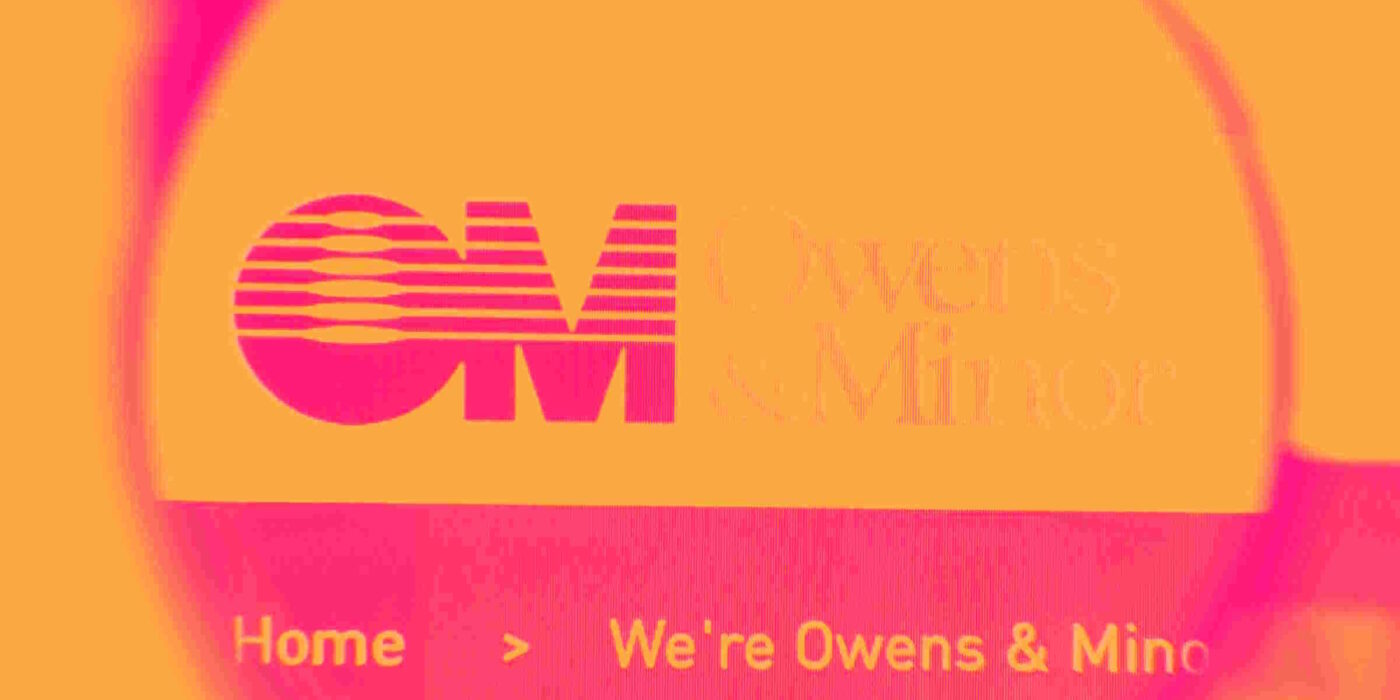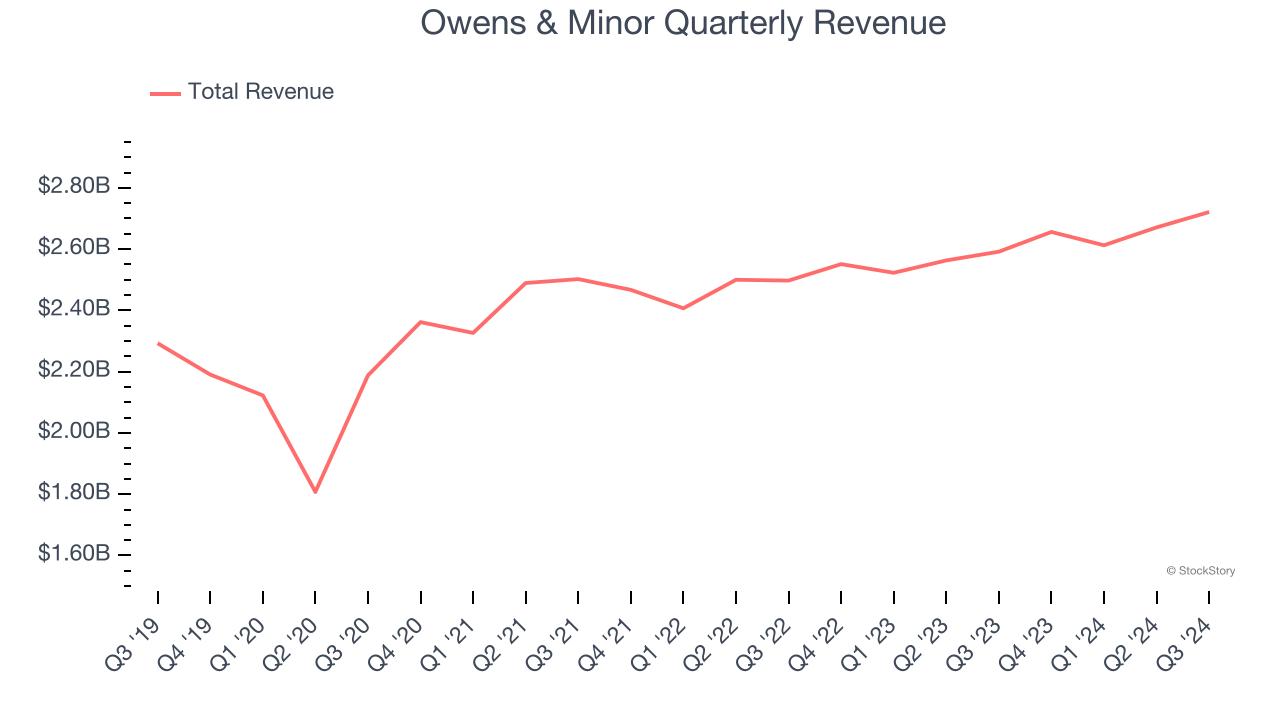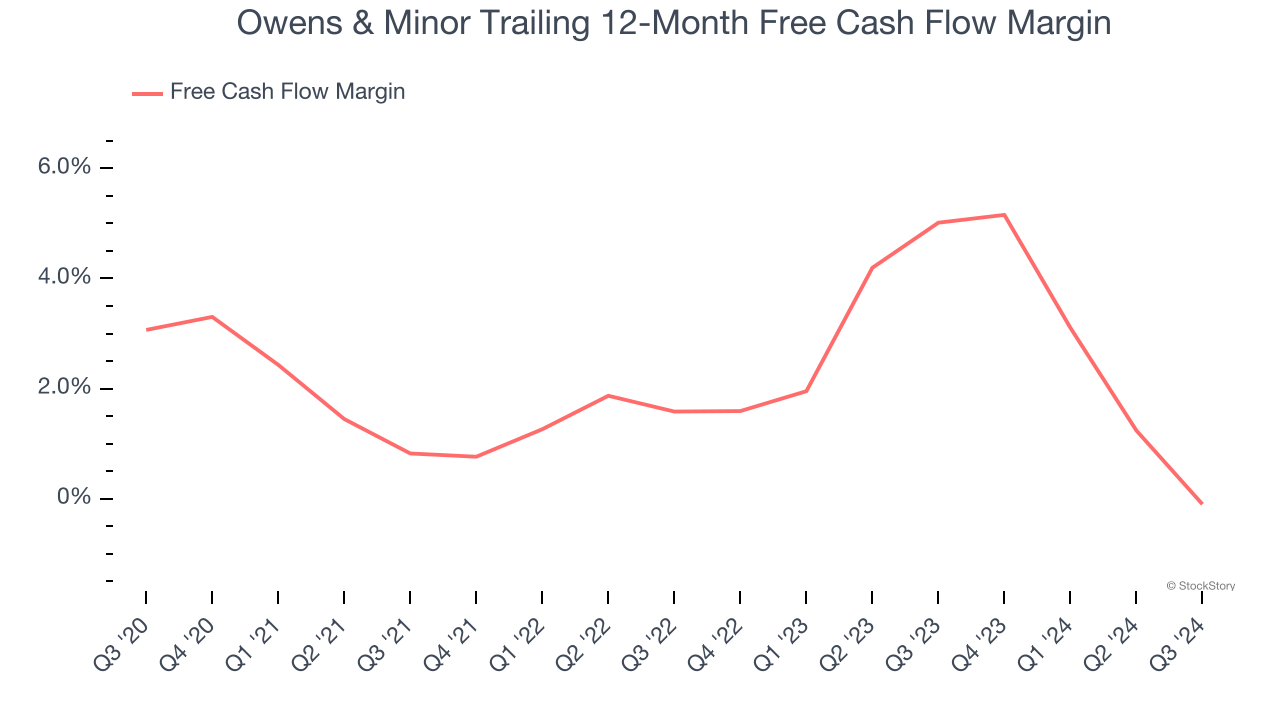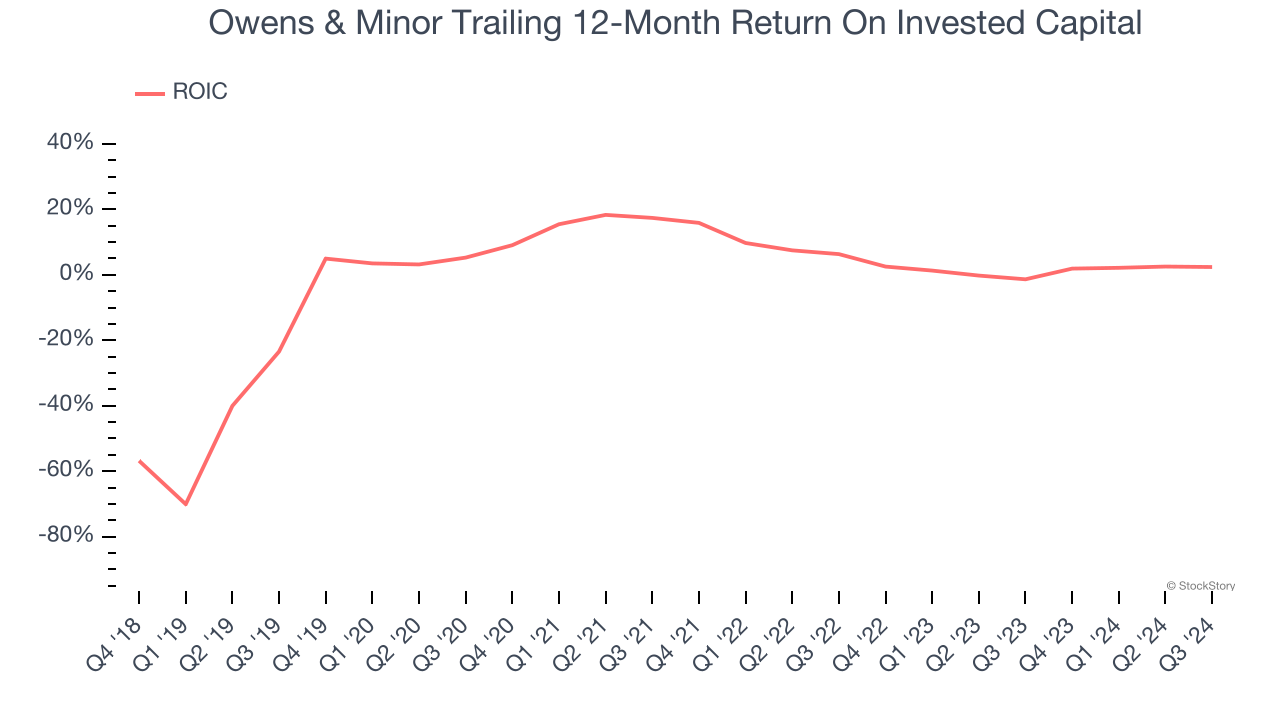
Shareholders of Owens & Minor would probably like to forget the past six months even happened. The stock has dropped 49.9% and now trades at a new 52-week low of $7.77. This was partly driven by its softer quarterly results and may have investors wondering how to approach the situation.
Is there a buying opportunity in Owens & Minor, or does it present a risk to your portfolio? Get the full stock story straight from our expert analysts, it’s free.
Despite the more favorable entry price, we're cautious about Owens & Minor. Here are three reasons why we avoid OMI and a stock we'd rather own.
Why Is Owens & Minor Not Exciting?
Founded in 1882, Owens & Minor (NYSE: OMI) offers healthcare logistics and medical supply solutions, specializing in product distribution, logistics management, and manufacturing of medical-grade PPE and surgical supplies.
1. Long-Term Revenue Growth Disappoints
A company’s long-term sales performance signals its overall quality. Even a bad business can shine for one or two quarters, but a top-tier one grows for years. Over the last five years, Owens & Minor grew its sales at a tepid 2.4% compounded annual growth rate. This fell short of our benchmarks. 
2. Free Cash Flow Margin Dropping
Free cash flow isn't a prominently featured metric in company financials and earnings releases, but we think it's telling because it accounts for all operating and capital expenses, making it tough to manipulate. Cash is king.
As you can see below, Owens & Minor’s margin dropped by 3.2 percentage points over the last five years. Almost any movement in the wrong direction is undesirable because of its already low cash conversion. If the trend continues, it could signal it’s becoming a more capital-intensive business. Owens & Minor’s free cash flow margin for the trailing 12 months was breakeven.

3. New Investments Fail to Bear Fruit as ROIC Declines
A company’s ROIC, or return on invested capital, shows how much operating profit it makes compared to the money it has raised (debt and equity).
We like to invest in businesses with high returns, but the trend in a company’s ROIC is what often surprises the market and moves the stock price. Over the last few years, Owens & Minor’s ROIC has unfortunately decreased significantly. Paired with its already low returns, these declines suggest its profitable growth opportunities are few and far between.

Final Judgment
Owens & Minor isn’t a terrible business, but it doesn’t pass our bar. Following the recent decline, the stock trades at 4.2× forward price-to-earnings (or $7.77 per share). While this valuation is optically cheap, the potential downside is big given its shaky fundamentals. We're pretty confident there are more exciting stocks to buy at the moment. We’d suggest looking at one of our all-time favorite software stocks.
Stocks We Would Buy Instead of Owens & Minor
The elections are now behind us. With rates dropping and inflation cooling, many analysts expect a breakout market - and we’re zeroing in on the stocks that could benefit immensely.
Take advantage of the rebound by checking out our Top 9 Market-Beating Stocks. This is a curated list of our High Quality stocks that have generated a market-beating return of 175% over the last five years.
Stocks that made our list in 2019 include now familiar names such as Nvidia (+2,183% between December 2019 and December 2024) as well as under-the-radar businesses like Sterling Infrastructure (+1,096% five-year return). Find your next big winner with StockStory today for free.





